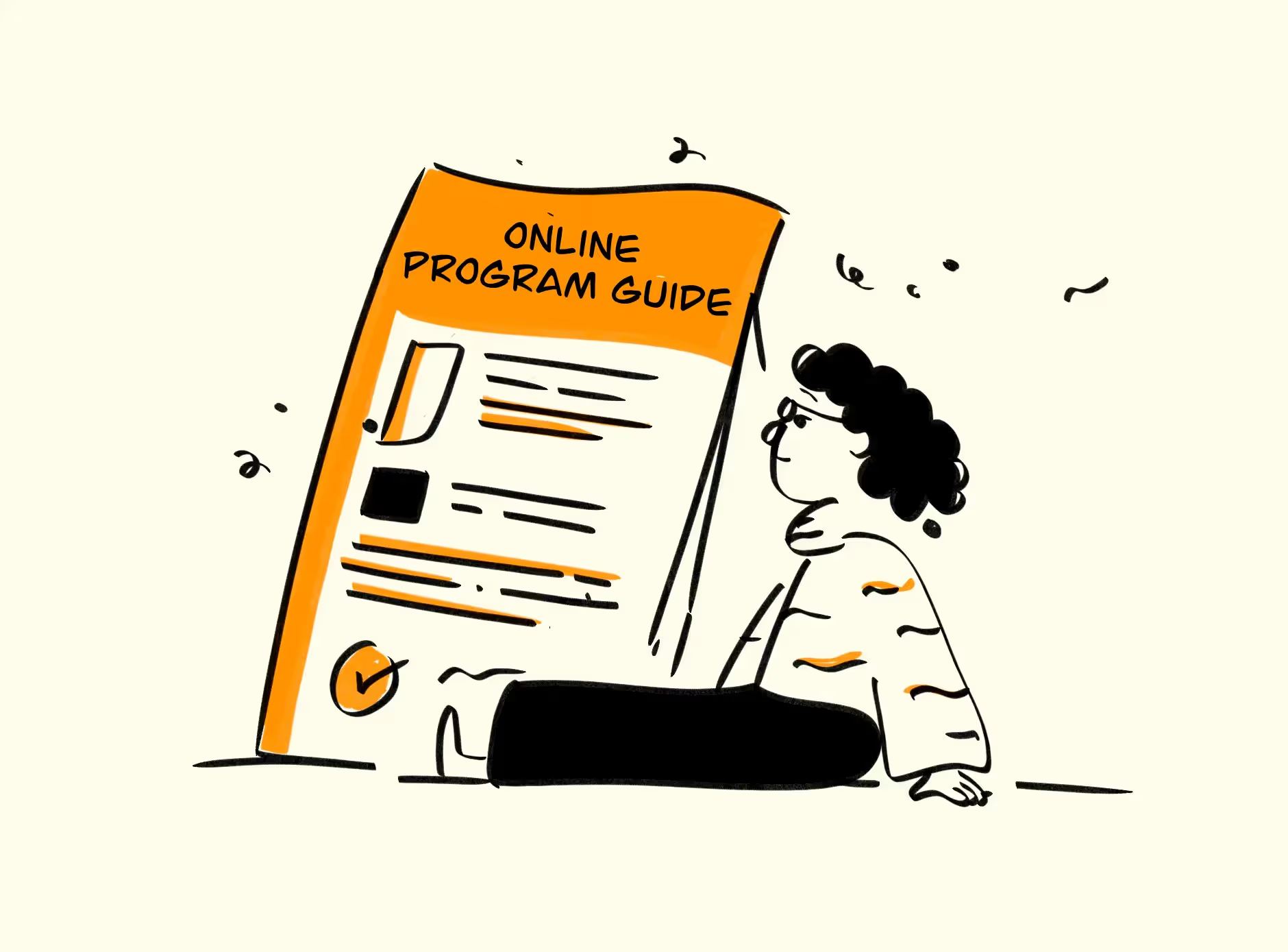


Key Takeaways
Continuing education is essential for professionals to stay on top of new trends and developments in their field. While attending physical events or classes can be challenging due to time constraints, travel costs, and scheduling conflicts, many professionals are turning to virtual programs as an alternative to access continuing education.
Necessities for Virtual Continuing Education Program
In order to create an effective virtual continuing education program, there are several key necessities that must be in place.
First and foremost, a virtual continuing education program must have a clear and well-defined curriculum. This curriculum should be designed to meet the specific needs of the target audience, and should be based on industry standards and best practices. It should also be regularly reviewed and updated to ensure that it remains relevant and current.
Second, a virtual continuing education program must have a strong and dedicated team of instructors and facilitators. These individuals should be experts in their respective fields, and should be able to provide students with the guidance and support they need to succeed. They should also be able to effectively use technology to deliver instruction and facilitate discussions.
Third, a virtual continuing education program must have a strong system for student engagement and support. This should include opportunities for students to interact with their instructors and classmates, as well as access to resources such as tutoring, mentoring, and career counseling.
Fourth, a virtual continuing education program should have a process for student assessment and evaluation. This should include regular quizzes and exams, as well as assessments of students' progress throughout the program. The assessment process should be able to provide valuable feedback to both students and instructors, and should be used to make adjustments to the curriculum and instruction as needed.
Lastly, a virtual continuing education program should have a way of providing certificates and credentials to students who successfully complete the program. This is an important aspect of a virtual continuing education program, as it helps to provide students with tangible evidence of their achievements, which they can use to advance their careers.
Tips to Create Successful Virtual Continuing Education Programs
1. Establish Clear Goals
Creating and hosting a successful virtual continuing education program requires having clear goals. Before setting up the program, it is essential to define its purpose and set measurable objectives to guide it.
Identifying whether the program needs to educate participants on a particular topic, certify them for a specific skill, or help them advance their professional development is essential to ensure the program meets its intended goals. Additionally, it is crucial to decide on the expected outcomes of the CE program, such as improved knowledge or performance in a given field.
2. Choose the Right Platform
The platform you choose should meet the program's needs by offering recording capabilities, interactivity options, and integration with other software or platforms for easy access to materials, data, and communication tools. It should also be user-friendly to educators and learners so that information can be quickly and easily conveyed without technical difficulties.
Additionally, it would be beneficial to consider platforms that offer features such as personalized feedback, assessments, and tracking of learning progress for greater effectiveness.
3. Develop Engaging Content
Creating engaging content is the key to hosting successful virtual continuing education programs. When developing content for virtual programs, consider topics that are relevant, practical, and helpful to your target audience. Additionally, utilize multimedia such as slideshows, videos, voice-overs, and interactive activities to keep participants engaged during the program.
4. Promote Your Program
To attract participants to your program, you’ll need to promote it effectively. Consider leveraging your existing networks by creating awareness through email campaigns, social media posts, website banners, and other digital marketing tactics. Invite influencers in your field to help spread the word about the program and connect with organizations interested in what you are offering.
Additionally, you can use paid ads on social media or Google Ads to help drive traffic to your program’s website. Lastly, partnering with educational institutions will give your program more legitimacy and visibility.
5. Monitor & Evaluate Your Program
It’s essential to evaluate how well your program runs throughout its duration. You can track participants’ engagement and progress throughout the program. Check them regularly to ensure they understand the material. Additionally, collect feedback from participants at the end of the program to learn what went well and what needs improvement for future programs.
Establishing clear communication protocols before the beginning of the program is essential. Set expectations for how you will interact with the participants, how often you will communicate with them, and the channels you will use (e.g., email, Slack, Zoom).
Conclusion
Virtual continuing education programs can effectively and efficiently provide learners with updated information and knowledge. By incorporating these five strategies, you can create a successful program for which your participants will thank you. All these essential steps will help you launch a successful virtual continuing education program.
EdisonOS offers virtual training platform solutions to help you launch a successful and engaging virtual continuing education program. Our platform provides virtual classrooms and seamless integration with third-party tools and software. You also get access to insights, analytics, and reporting to optimize your training programs for maximum reach and engagement. Contact us today to learn more about how we can help bring your virtual education program to life!

Tutors Edge by EdisonOS
in our newsletter, curated to help tutors stay ahead!
Tutors Edge by EdisonOS
Get Exclusive test insights and updates in our newsletter, curated to help tutors stay ahead!
Recommended Reads
Recommended Podcasts











.png)
.webp)
